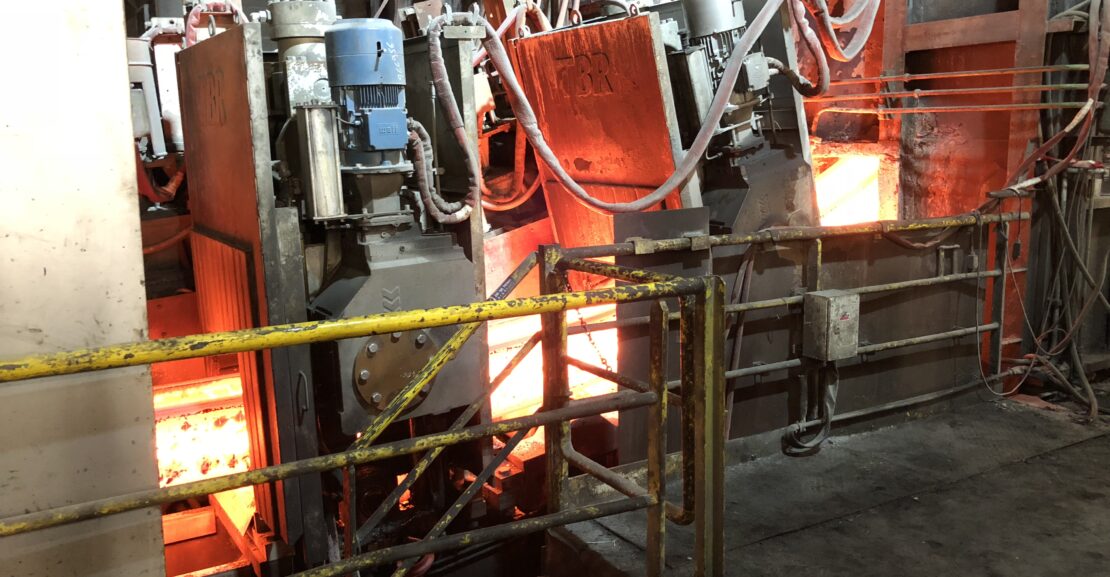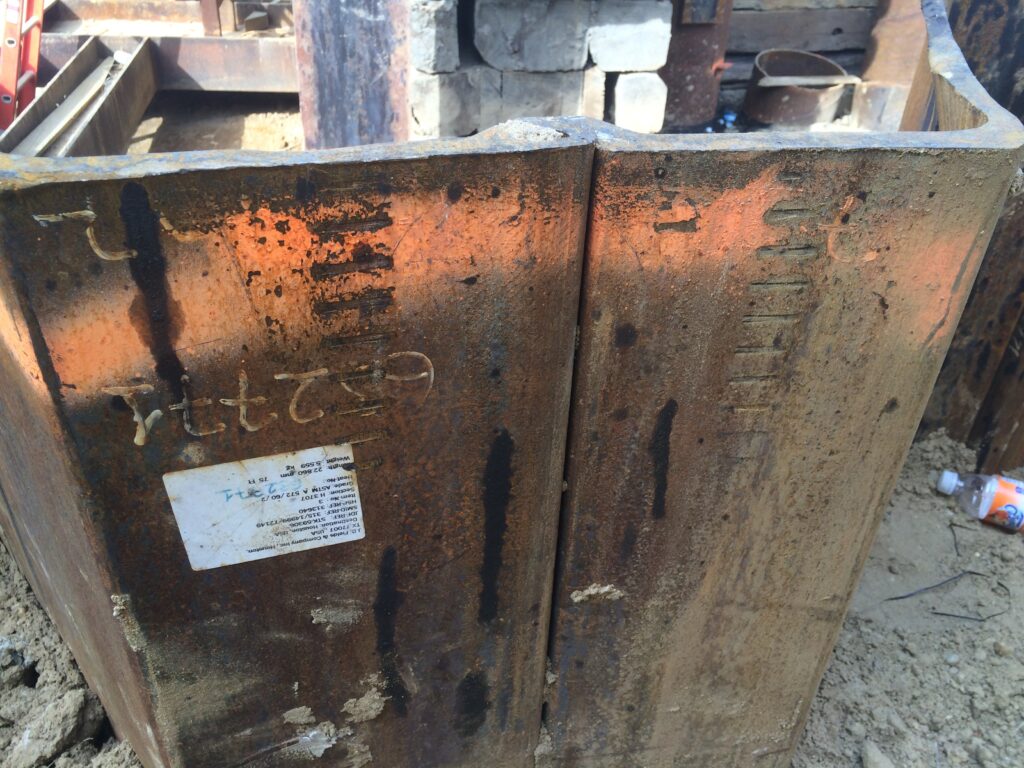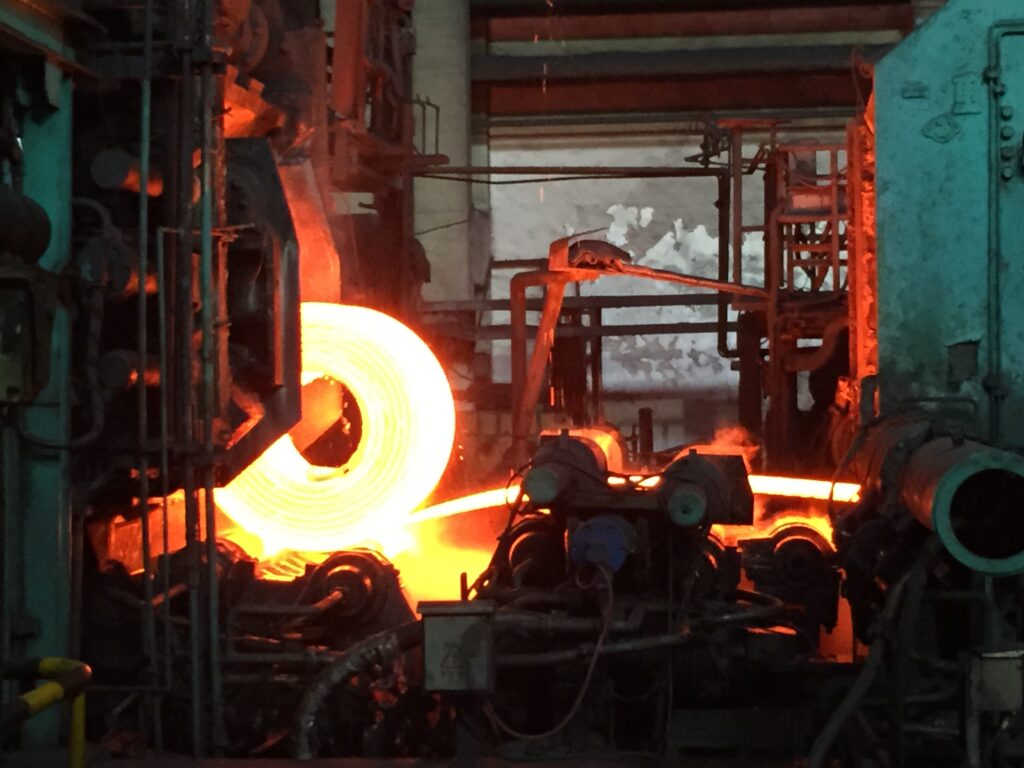Steel is a versatile and durable material that has been used in construction for centuries. It is an alloy made of iron and carbon, with other elements such as manganese, silicon, and phosphorus added to enhance its properties. Steel can be classified into different grades based on its chemical composition, mechanical properties, and intended use. In the USA, several steel grades are commonly used for structural steel, which is used to support buildings, bridges, and other infrastructure. In this article, we will discuss the most common steel grades in the USA for structural steel, their properties, and applications.
A36 Steel
A36 steel is a low-carbon steel that is commonly used in construction and has a minimum yield strength of 36,000 PSI. It is also known as ASTM A36, which is the standard specification for carbon structural steel. A36 steel has good weldability and formability, making it easy to work with. It is commonly used in building construction, bridges, and other structural applications where low carbon content and high tensile strength are required. A36 steel is also relatively cheap compared to other high-strength steel grades, making it a popular choice for construction projects.
A572 Steel
A572 steel is a high-strength low-alloy steel that is commonly used in structural applications such as bridges and buildings. It has a minimum yield strength of 50,000 PSI and a minimum tensile strength of 65,000 PSI. A572 steel is known for its excellent strength-to-weight ratio and is used in applications where weight reduction is critical, such as long-span bridges and high-rise buildings. It is also used in offshore drilling platforms, where its high strength and corrosion resistance make it an ideal material. A572 steel is available in five grades: 42, 50, 55, 60, and 65, with each grade indicating the minimum yield strength.
A992 Steel
A992 steel is a steel grade that is commonly used in building construction and has a minimum yield strength of 50,000 PSI. It is also known as ASTM A992, which is the standard specification for structural steel shapes. A992 steel has a higher yield strength and tensile strength than A36 steel, making it a more suitable choice for high-stress applications. It is commonly used in the construction of commercial buildings, bridges, and other structures where high-strength steel is required. A992 steel is also known for its excellent weldability, making it easy to fabricate.
A500 Steel
A500 steel is a cold-formed welded and seamless carbon steel structural tubing in round, square, and rectangular shapes. It has a minimum yield strength of 46,000 PSI and a minimum tensile strength of 62,000 PSI. A500 steel is used in a variety of structural applications, including building columns, building frames, and other load-bearing structures. It is also used in construction projects where aesthetic appeal is important, such as architectural features and ornamental ironwork.
A514 Steel
A514 steel is a high-strength steel that is commonly used in construction and mining equipment, as well as other heavy machinery. It has a minimum yield strength of 100,000 PSI and a minimum tensile strength of 110,000 PSI. A514 steel is known for its excellent toughness and fatigue resistance, making it a popular choice for high-stress applications. It is also known for its ability to withstand extreme temperatures, making it suitable for use in cryogenic environments. A514 steel is available in several grades, each with different combinations of strength, toughness, and weldability to meet specific application requirements.
A516 Steel
A516 steel is a carbon steel plate grade used for pressure vessels and other similar applications. It has a minimum yield strength of 38,000 PSI and a minimum tensile strength of 70,000 PSI. A516 steel is used in applications where high strength and toughness are required, such as in the production of boilers and pressure vessels. It is also known for its excellent weldability, making it easy to fabricate and join.
A242 Steel
A242 steel is a low-alloy high-strength steel that is commonly used in structural applications. It has a minimum yield strength of 50,000 PSI and a minimum tensile strength of 70,000 PSI. A242 steel is known for its excellent atmospheric corrosion resistance, making it suitable for outdoor applications such as bridges, buildings, and other structures exposed to harsh weather conditions. It is also used in marine applications, where its corrosion resistance makes it an ideal material for offshore structures.
A588 Steel
A588 steel is a high-strength low-alloy steel that is commonly used in structural applications such as bridges, buildings, and other infrastructure. It has a minimum yield strength of 50,000 PSI and a minimum tensile strength of 70,000 PSI. A588 steel is known for its excellent atmospheric corrosion resistance, making it suitable for outdoor applications exposed to harsh weather conditions. It is also used in marine applications, where its corrosion resistance makes it an ideal material for offshore structures.
A709 Steel
A709 steel is a high-strength low-alloy steel that is commonly used in structural applications such as bridges, buildings, and other infrastructure. It has a minimum yield strength of 50,000 PSI and a minimum tensile strength of 65,000 PSI. A709 steel is known for its excellent weldability and formability, making it easy to fabricate and join. It is also known for its excellent weathering resistance, making it suitable for outdoor applications exposed to harsh weather conditions.
A913 Steel
A913 steel is a high-strength low-alloy steel that is commonly used in structural applications such as bridges, buildings, and other infrastructure. It has a minimum yield strength of 50,000 PSI and a minimum tensile strength of 65,000 PSI. A913 steel is known for its excellent weldability and formability, making it easy to fabricate and join. It is also known for its excellent toughness and fatigue resistance, making it suitable for high-stress applications.
In conclusion, steel is a versatile and durable material that is widely used in construction and other industries. In the USA, several steel grades are commonly used for structural steel, each with their unique combination of properties and applications. A36, A572, A992, A500, A514, A516, A242, A588, A709, and A913 are the most common steel grades used for structural steel. Each grade has its own unique set of properties, such as yield strength, tensile strength, weldability, and corrosion resistance, that make it suitable for specific applications. When selecting a steel grade for a particular application, it is essential to consider the specific requirements and conditions of the application to ensure optimal performance and safety.
Does A690 steel perform better than A572 steel in salt water applications?
Yes, A690 steel generally performs better than A572 steel in salt water applications due to its higher resistance to corrosion.
What are the most common steel grades in the USA for structural steel?
The most common steel grades in the USA for structural steel are ASTM A36, A572, A588, A992, A500, and A709.


